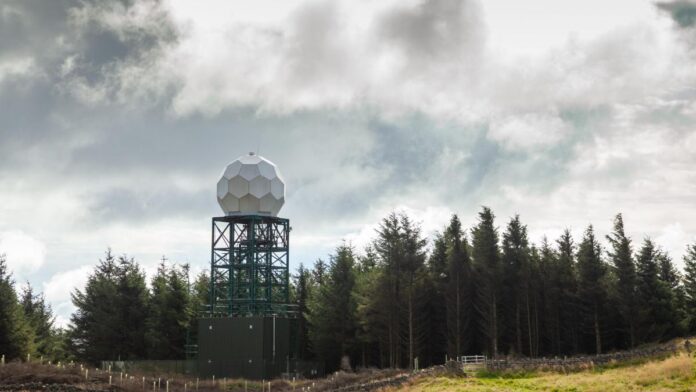With the help of artificial intelligence, a new type of forecasting is being ushered in. Since the 1950s the Met Office and other forecasters have built models that recreate the atmosphere on a three-dimensional grid before trying to solve equations governing heat, wind and moisture. Improvements to the equations, the size of the grid squares and introduction of more sophisticated satellite data into the starting point of the model has improved forecasts enormously since their inception.
However, traditional methods remain constrained by the time it takes to run these models and the relatively coarse grid square size that makes pinpointing smaller-scale features such as thundery showers or sea breezes challenging.
New AI forecasting techniques avoid solving so many complex equations by instead using deep learning
© Times Media Limited 2023.
Registered in England No. 894646. Registered office: 1 London Bridge Street, SE1 9GF.


